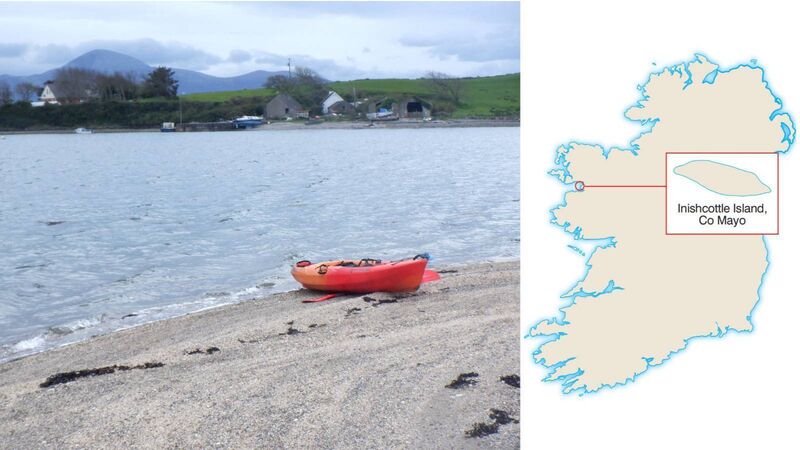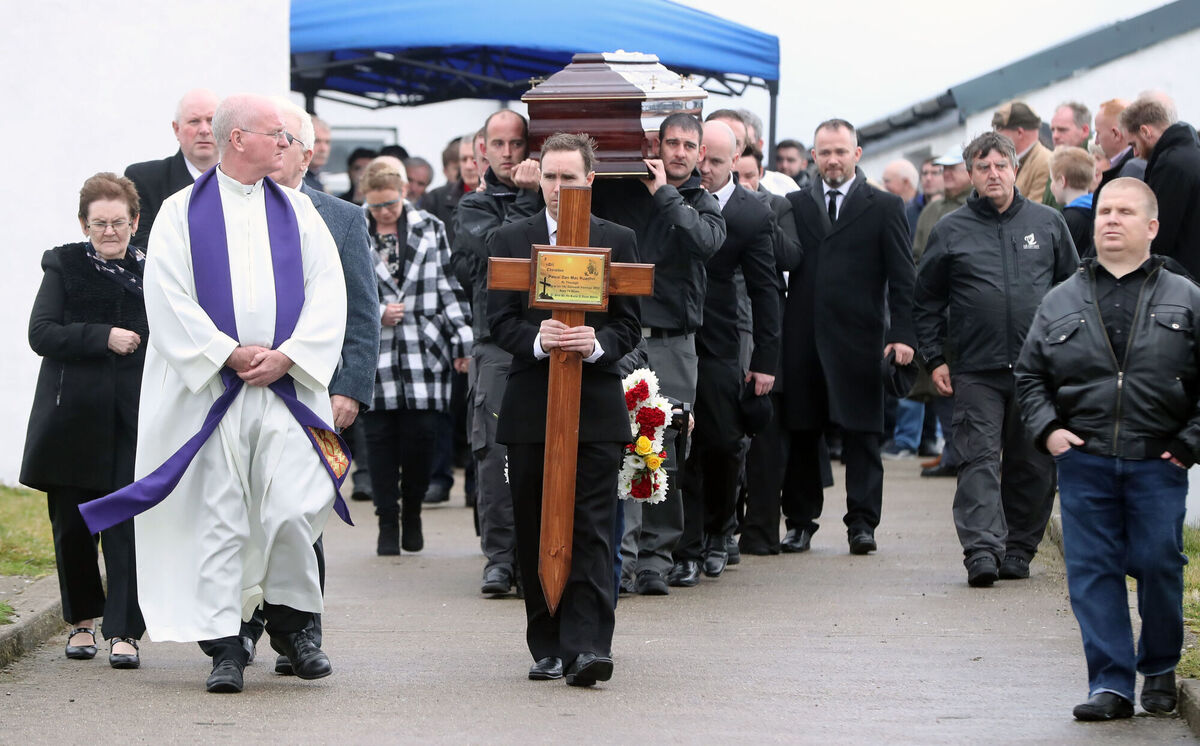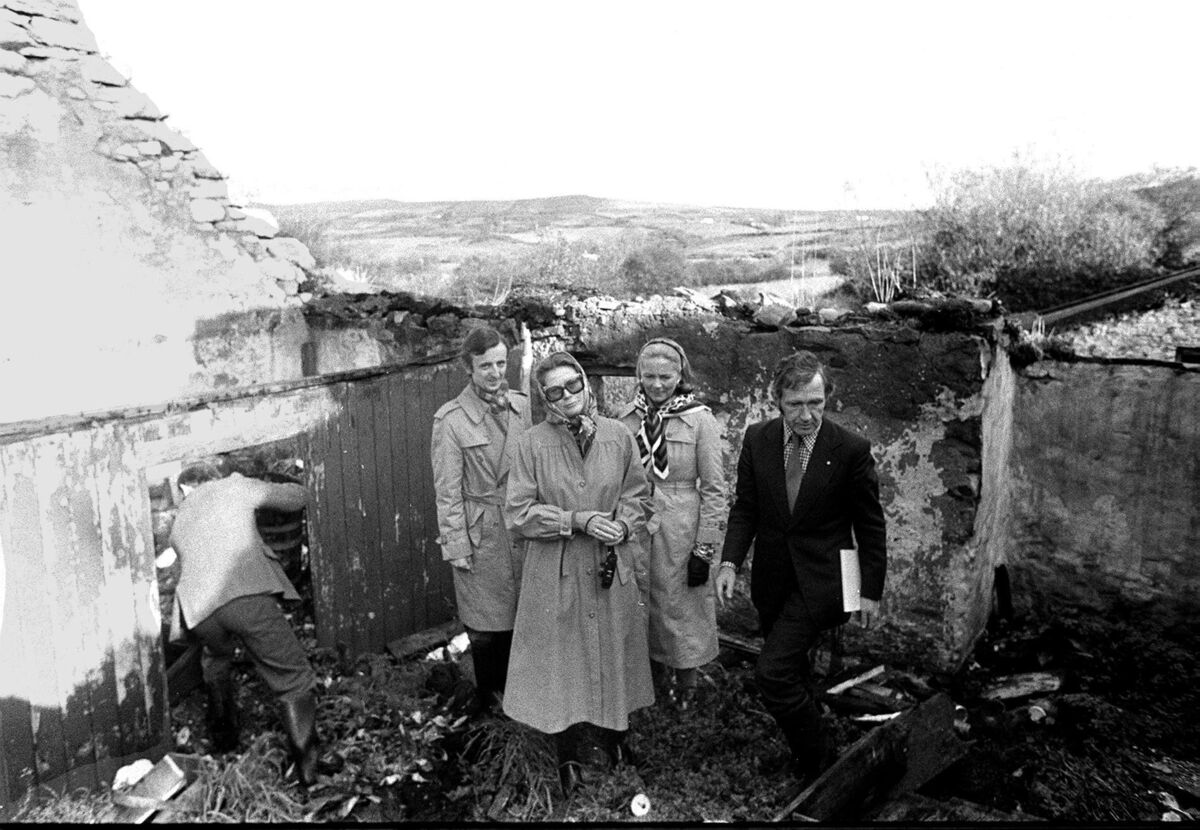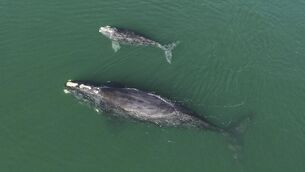Islands of Ireland: Who knows if Inishcottle is named after a person, an Irish word — maybe a cuttlefish?

Inishcottle, County Mayo with Croagh Patrick in the background. Picture: Dan MacCarthy
Several Irish islands can claim connections to royalty, though of a homegrown kind. Tory Island, County Donegal, for years had its self-styled king, the late Patsy Dan Rodgers. With his sailor’s cap, ear stud, and twinkle in his eye, he was an unforgettable character if you met him. Great Saltee, County Wexford, had a resident king too, one of the Neale family. Turbot Island, County Galway, was another to have a king: John Wallace who died in 2009 aged 95, was described as “a grand old man, hale and hearty”.

Inishcottle, County Mayo has a familial connection to Princess Grace of Monaco through her cousins. Her grandfather was born in the nearby village of Drimurla in 1857 before emigrating to Philadelphia in 1887 and starting a business. In 1961, after her three-day state visit with her husband Prince Rainier to Ireland her extended tour saw the princess visit Westport where she met 70 of her cousins at a reception. The royal party then moved on to Inishcottle where she met several of her cousins.

The last day of her visit centred around a fishing trip on Clew Bay and the island visit. Her cousin Paddy Quinn told a recent TG4 documentary that, when word of the visit filtered through to the islanders: “In the best way that we could, my mother prepared a huge white trout on a lovely silver plate.” The Quinn family has long been associated with boatbuilding and to this day a fine pier stands as a reminder to a vibrant fishing tradition.
The paparazzi descended on the island but mainly failed to infiltrate the party. “She was a lovely person and was very interested in myself and my brother and our boatbuilding business,” said Paddy. Last year the visit was commemorated with the unveiling of a sculpture of the princess in Newport.
The 23-acre Inishcottle is part of the group of islands in the centre of Clew Bay and is close to the shore, though the island has been connected by a causeway since the 1930s which also connected Inishnakillew closer to the mainland. The population peaked at 45 in 1911 before declining over the years to the current three.
The same Paddy Quinn in an interview with RTÉ in the early 1980s appealed for the upgrading of the rudimentary causeway which was in a poor state of disrepair and very vulnerable to the vagaries of the weather. The two children living on Inishcottle sometimes had to wade across to the island because of the conditions.
“Without this service they cannot hope to have any of the general communications that we as people accept for granted on the mainland. At times on the island we are completely cut off. You have to make your arrangements to suit the tide,” he said.
He said in that interview that the sea can come over the causeway and smash across it cutting off Inishcottle on a whim. The road was eventually upgraded and a concrete barrier added at Inishnakillew.
The windy road that leads west from the Westport to Newport road affords a tremendous view of many of Clew Bay’s reputed 365 islands, an exaggeration of course, but an absolutely allowable indulgence. The millionaire’s retreat of Inishturk lies opposite with a chain of much bigger islands retreating out to sea: Clynish, Inishbee, Islandmore. Southwards, dozens of more islands under Croagh Patrick adjacent to Bartragh Strand. Northwards, the eye is lost in the water-world, overwhelmed.
Various spellings of the island have been given over the centuries including Inish Cottal, Inis Coitil and Innish Cuttel. The origin of the name is unclear. The Cuttle in question may be someone’s name, a corruption of an Irish word, or even named for the cuttlefish which is found in Clew Bay. “The cuttlefish looks like and is related to the octopus and squid, and lives on the sandy seafloor of Clew Bay from shallow areas out to depth,” writes Irish Marine Life.
Take the L5432 5km north of Westport, County Mayo, for about 4km. Cross on to Inishnakillew and then Inishcottle by causeway.
TG4.ie: ‘Grace Kelly: Banphrionsa Mhaigh Eo’; rte.ie/archives/2022/0328/1288876-clew-bay-causeway







